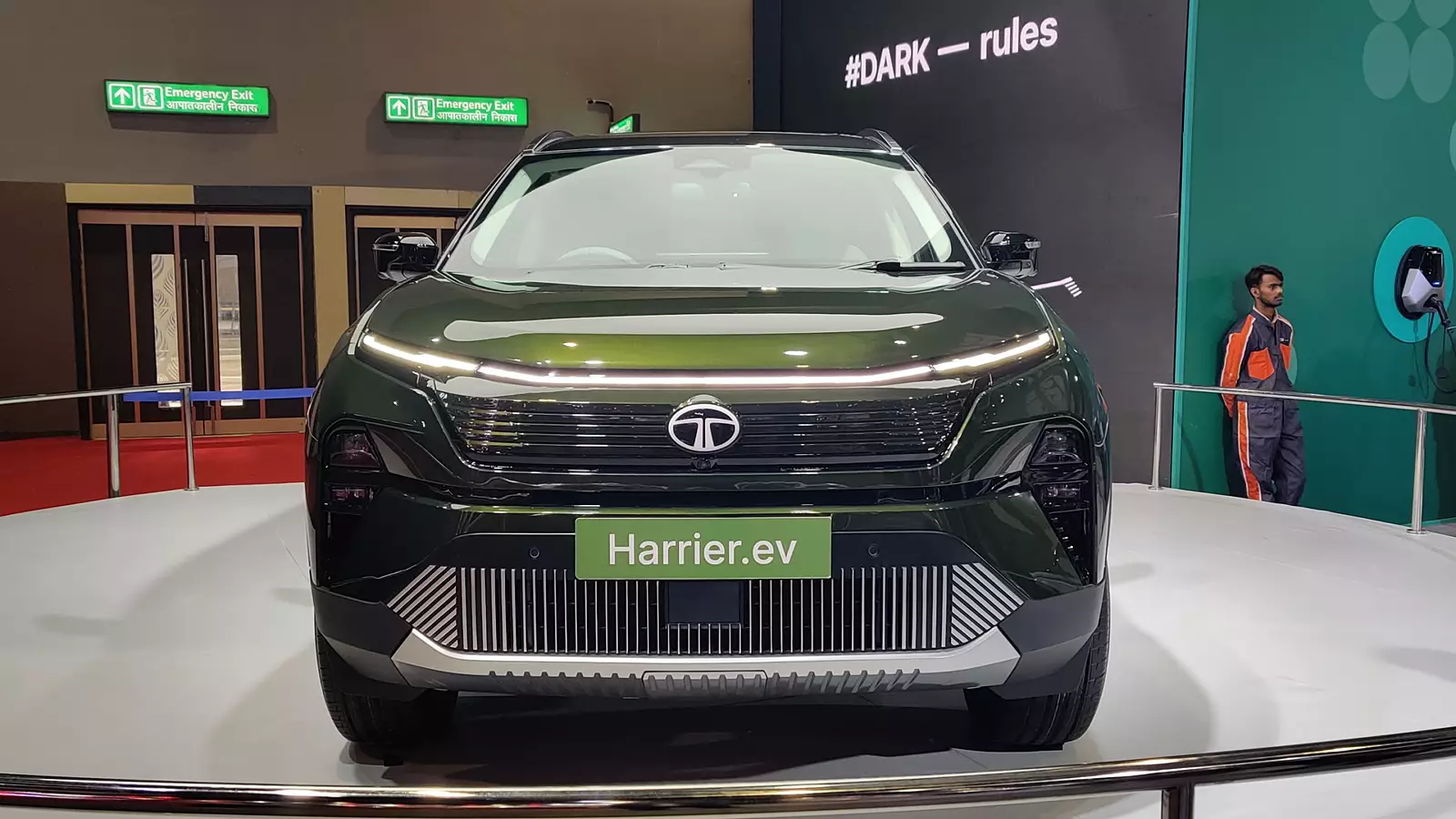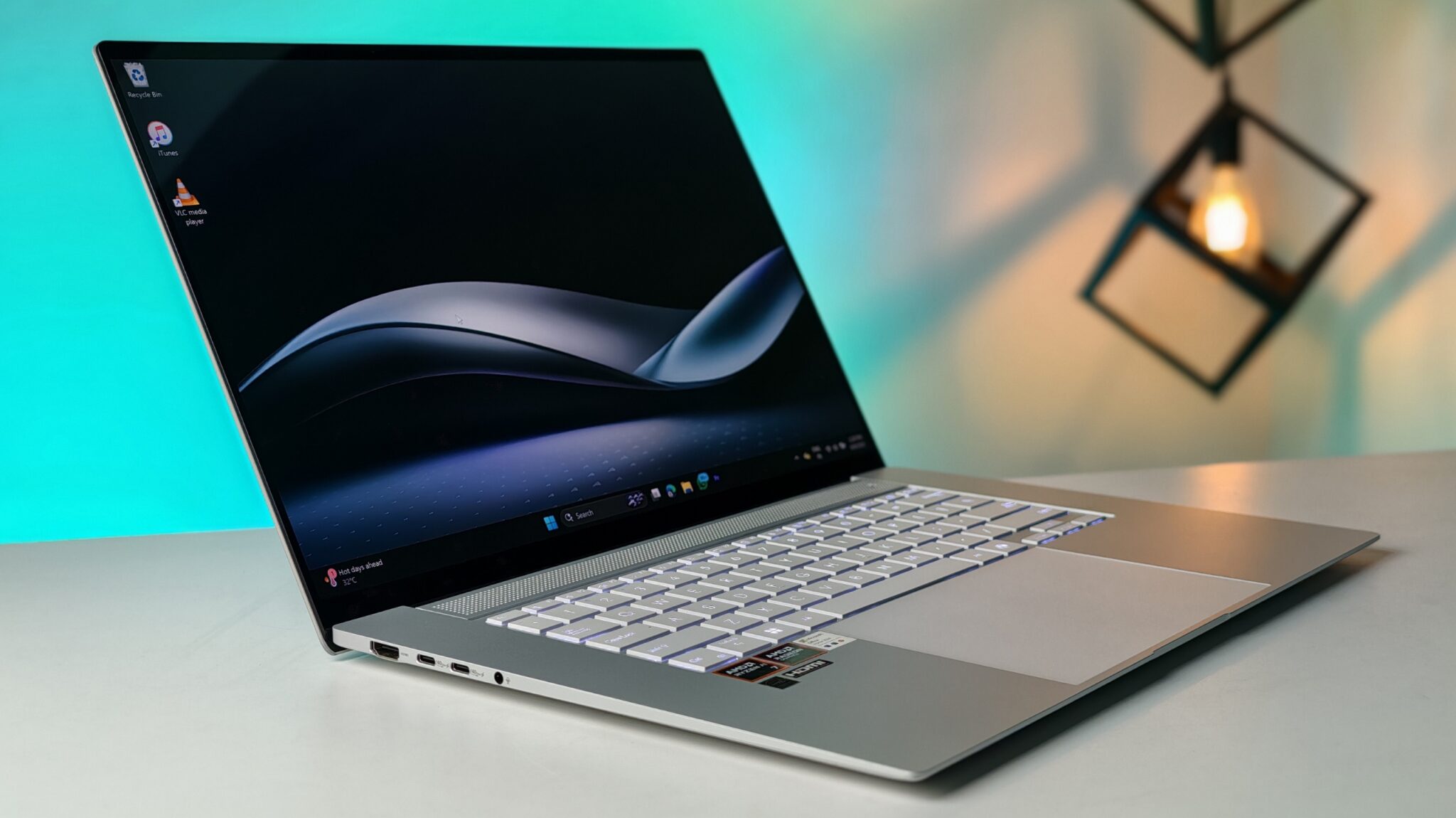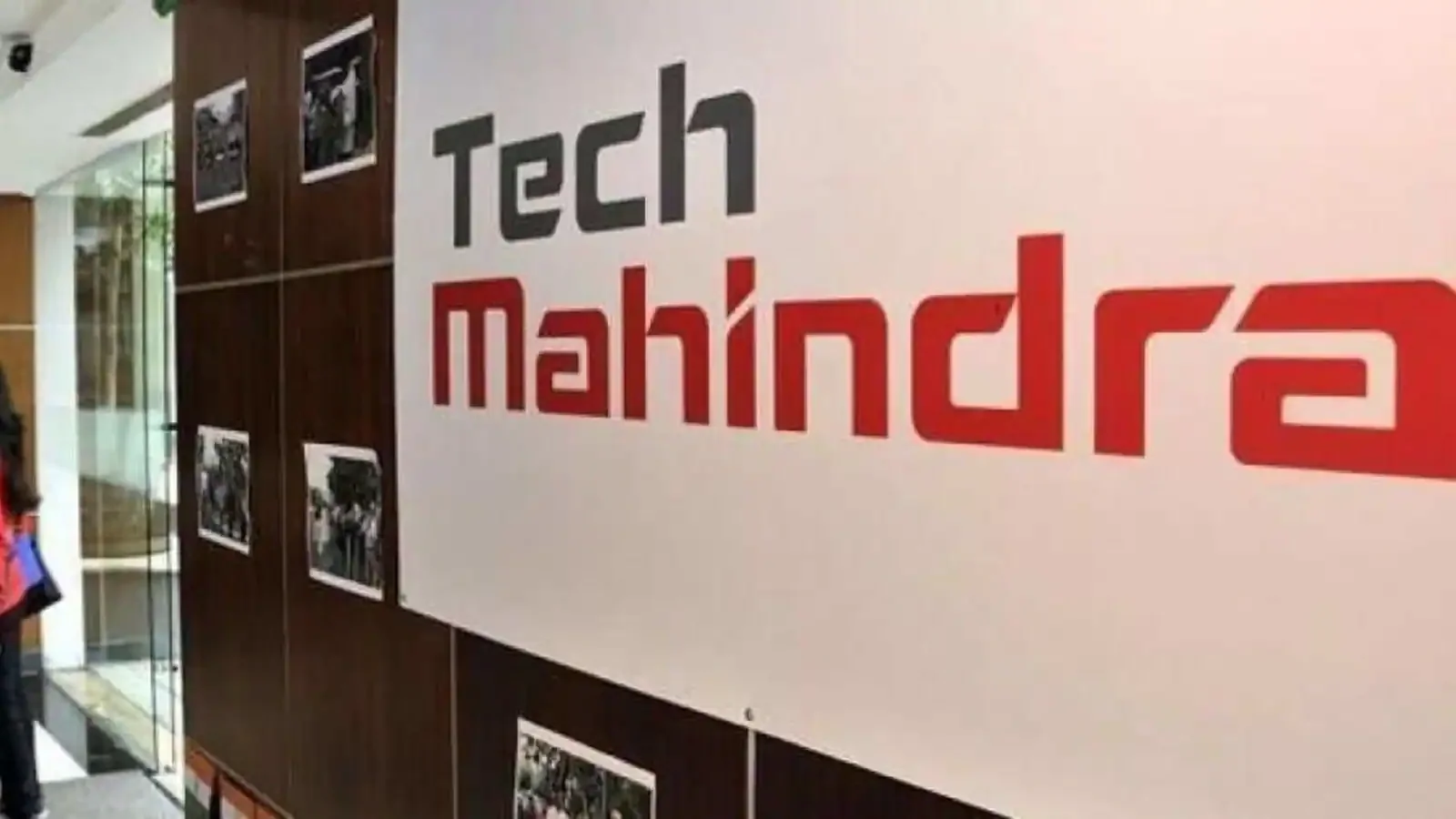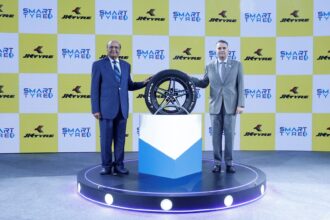The highly anticipated 2025 Tata Harrier EV has officially broken cover, and let’s just say—the numbers are eye-opening. With detailed specs now out in the open, Tata seems poised to shake up India’s EV SUV segment in a big way. The rear-wheel-drive (RWD) variants have been launched with introductory pricing, while the all-wheel-drive (AWD) models are waiting in the wings. What really grabs attention, though, is the staggering claimed range figures across variants. Add in Tata’s flexibility with drivetrain options and it’s clear: the Harrier EV marks a serious leap forward in the company’s electric journey.
Key Takeaways:
- Two battery options: 65 kWh and 75 kWh.
- 65 kWh RWD claims 538 km range (MIDC).
- 75 kWh RWD stretches that to 627 km (MIDC).
- 75 kWh AWD variant offers 622 km (MIDC).
- DC fast charging (20-80%) in just 25 minutes with a 120 kW charger.
- Built on Tata’s all-new Acti.ev platform.
- Features include a 14.53-inch Samsung Neo QLED infotainment display, 540-degree surround view camera.
- RWD variant pricing: Rs 21.49 lakh to Rs 27.49 lakh (ex-showroom).
- AWD pricing to be revealed on June 27.
A New Chapter for Tata Electric Vehicles: The Acti.ev Platform
The 2025 Tata Harrier EV is more than just a new model—it represents a philosophical shift. While previous Tata EVs were essentially ICE vehicles retrofitted with electric powertrains, this one’s different. It’s the first to emerge from Tata’s new Acti.ev platform, which is purpose-built for electric. That means the floor is flat, battery placement is optimal, and there’s room for versatile powertrain configurations.
Compared to its predecessor, which sat on the ICE-derived Omega Arc platform, the Harrier EV enjoys the advantages of being a ground-up EV. This includes better crash protection, smoother integration of high-voltage components, and the flexibility to offer varied battery and drivetrain combinations. Essentially, it fixes the compromises of retrofitted platforms—lower center of gravity, improved dynamics, and a structure ready for tomorrow’s tech.
Power, Performance, and Unprecedented Range
Now, the part most people care about: performance and range. You get a choice between two lithium-ion battery packs—65 kWh and 75 kWh—each featuring cylindrical cells and liquid cooling for efficient thermal management.
RWD models, no matter the battery size, push out 238 PS (235 bhp) and 315 Nm of torque. That’s enough for confident highway cruising and snappy city sprints.
But the AWD version? That’s where it gets thrilling. Available only in the top-spec Empowered trim, it uses two motors (front and rear) to deliver a combined 396 PS (390 bhp) and 504 Nm of torque. Tata claims a 0-100 kmph sprint in just 6.3 seconds in Boost mode. And the AWD system isn’t just brute force—it uses adaptive algorithms to distribute power smartly depending on terrain, temperature, and speed, boosting efficiency by up to 8%.
As for range—here’s what Tata claims under MIDC:
- 65 kWh RWD: 538 km
- 75 kWh RWD: 627 km
- 75 kWh AWD: 622 km
That’s best-in-segment stuff. Real-world figures, according to Tata, fall between 480–505 km for the larger battery, which feels more than fair.
Charging Convenience and Speed
Charging, thankfully, isn’t a pain point. The 65 kWh supports up to 100 kW DC fast charging, while the 75 kWh pack can take up to 120 kW. From 20% to 80%, you’re looking at a quick 25-minute pit stop.
For home setups, Tata offers a 7.2 kW AC fast charger for an additional Rs 50,000. That’ll fill up the 65 kWh battery in roughly 9.3 hours, and the 75 kWh in about 10.7 hours. A regular 15A socket, if you’re patient, can get the job done in about 29 hours.
Feature-Rich Interior and Cutting-Edge Technology
Inside, it’s no less exciting. The Harrier EV gets a redesigned dash with a premium grey and white interior. The highlight? A 14.53-inch Neo QLED display by Samsung—the first of its kind in any car globally, according to Tata. It’s vivid, power-efficient, and supports wireless Android Auto and Apple CarPlay, plus offline navigation.
The audio experience matches the visuals, thanks to a JBL Black 10-speaker system with Dolby Atmos. The driver’s cockpit features a 10.25-inch digital display, dual-zone climate control, ventilated front seats, and customizable ambient lighting.
Safety and tech-wise, Tata’s packed in plenty:
- 7 Airbags
- Electronic Stability Control (ESC)
- 360-degree camera with Transparent Mode (virtual underbody view)
- Tyre Pressure Monitoring System (TPMS)
- Level 2 ADAS with 22 functions (Adaptive Cruise, Blind Spot Monitoring, etc.)
- Front and rear parking sensors
- Digital IRVM with dashcam
- Digital key with UWB, NFC, BLE, including remote park assist
- V2L and V2V capabilities
AWD versions also come with six terrain modes—Normal, Snow/Grass, Mud-Ruts, Sand, Rock Crawl, and Custom—plus Eco, City, Sport, and Boost drive modes. RWD models get Eco, City, and Sport.
Market Positioning and Competition
In India’s evolving EV SUV space, the Harrier EV lands right in the thick of it. Its main rivals? Mahindra XUV.e9 and BYD Atto 3. But Tata’s offering stands tall with powerful drivetrain options, large battery packs, and a seriously loaded feature list.
Pricing for the RWD variants ranges from Rs 21.49 lakh to Rs 27.49 lakh (ex-showroom), making it very competitive. The AWD pricing will be unveiled on June 27. It also makes a compelling alternative to higher-end models like the Hyundai Ioniq 5 and BYD Sealion 7, especially for buyers wanting AWD without premium price tags.
Bookings open July 2, 2025, with deliveries following soon after. The Harrier EV isn’t just another EV—it could be a defining moment for Tata in the electric space.
FAQ Section
Q1: What are the battery capacities available in the 2025 Tata Harrier EV?
A1: The 2025 Tata Harrier EV is available with two battery pack options: 65 kWh and 75 kWh.
Q2: What is the claimed range of the 2025 Tata Harrier EV for RWD and AWD variants?
A2: The claimed range (MIDC) for the 65 kWh RWD variant is 538 km. For the 75 kWh RWD variant, it is 627 km, and for the 75 kWh AWD variant, it is 622 km.
Q3: How long does it take to fast charge the Tata Harrier EV?
A3: Using a 120 kW DC fast charger, the 75 kWh battery pack can charge from 20% to 80% in approximately 25 minutes. The 65 kWh pack also charges 20-80% in 25 minutes with a 100 kW charger.
Q4: What is the maximum power output of the Tata Harrier EV?
A4: The RWD variants produce 238 PS (approximately 235 bhp). The dual-motor AWD variant delivers a combined output of 396 PS (approximately 390 bhp).
Q5: What is the platform used for the 2025 Tata Harrier EV?
A5: The 2025 Tata Harrier EV is built on Tata Motors’ dedicated electric vehicle platform, Acti.ev.
Q6: What unique technology features does the Harrier EV offer?
A6: The Harrier EV includes a 14.53-inch Samsung Neo QLED infotainment display, a 540-degree surround view camera with “transparent mode,” digital key with remote park and summon functions, and Level 2 ADAS with 22 features.
Q7: What are the introductory prices for the 2025 Tata Harrier EV?
A7: Introductory prices for the rear-wheel-drive variants range from Rs 21.49 lakh to Rs 27.49 lakh (ex-showroom). Prices for the all-wheel-drive variants will be announced on June 27, 2025.


















